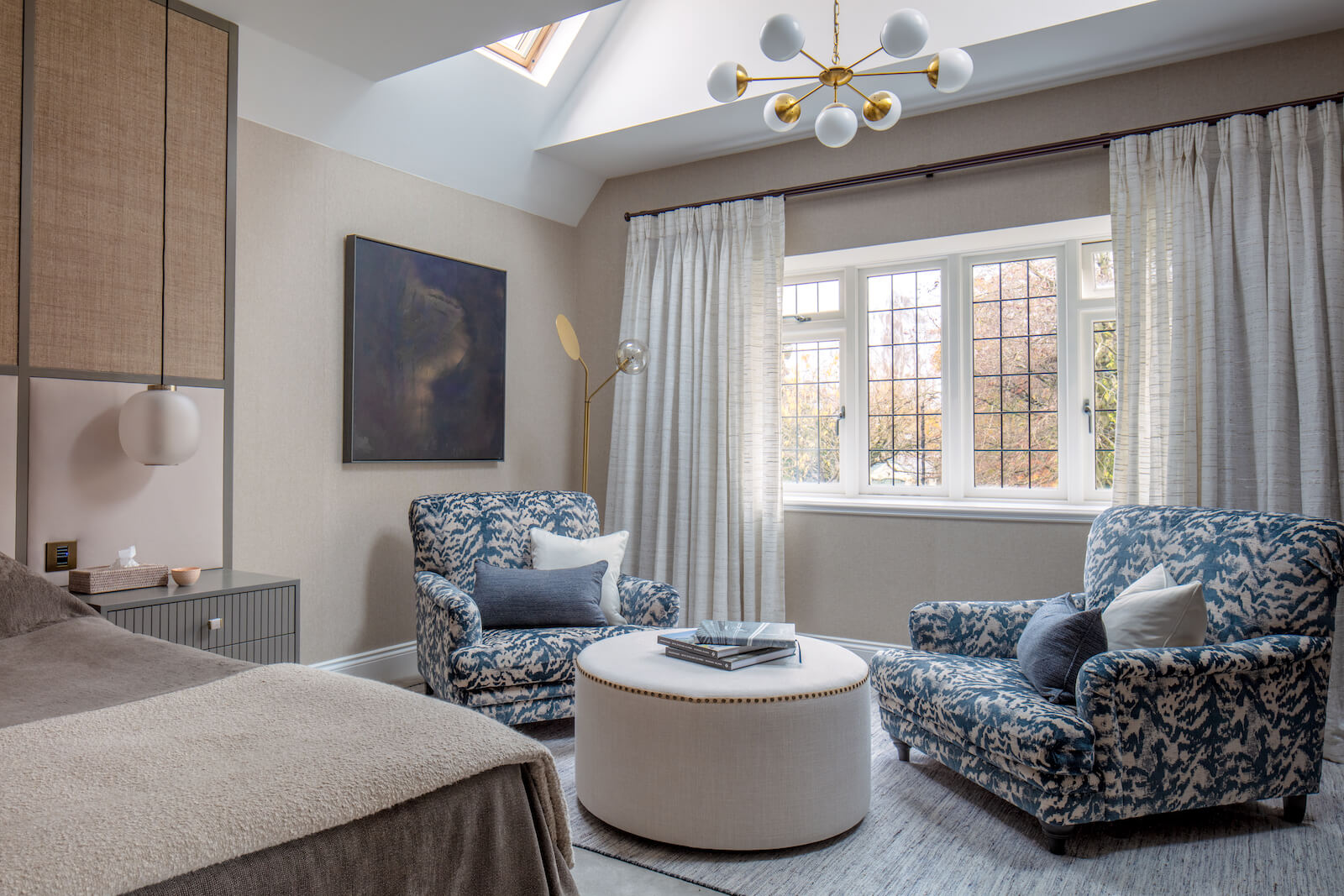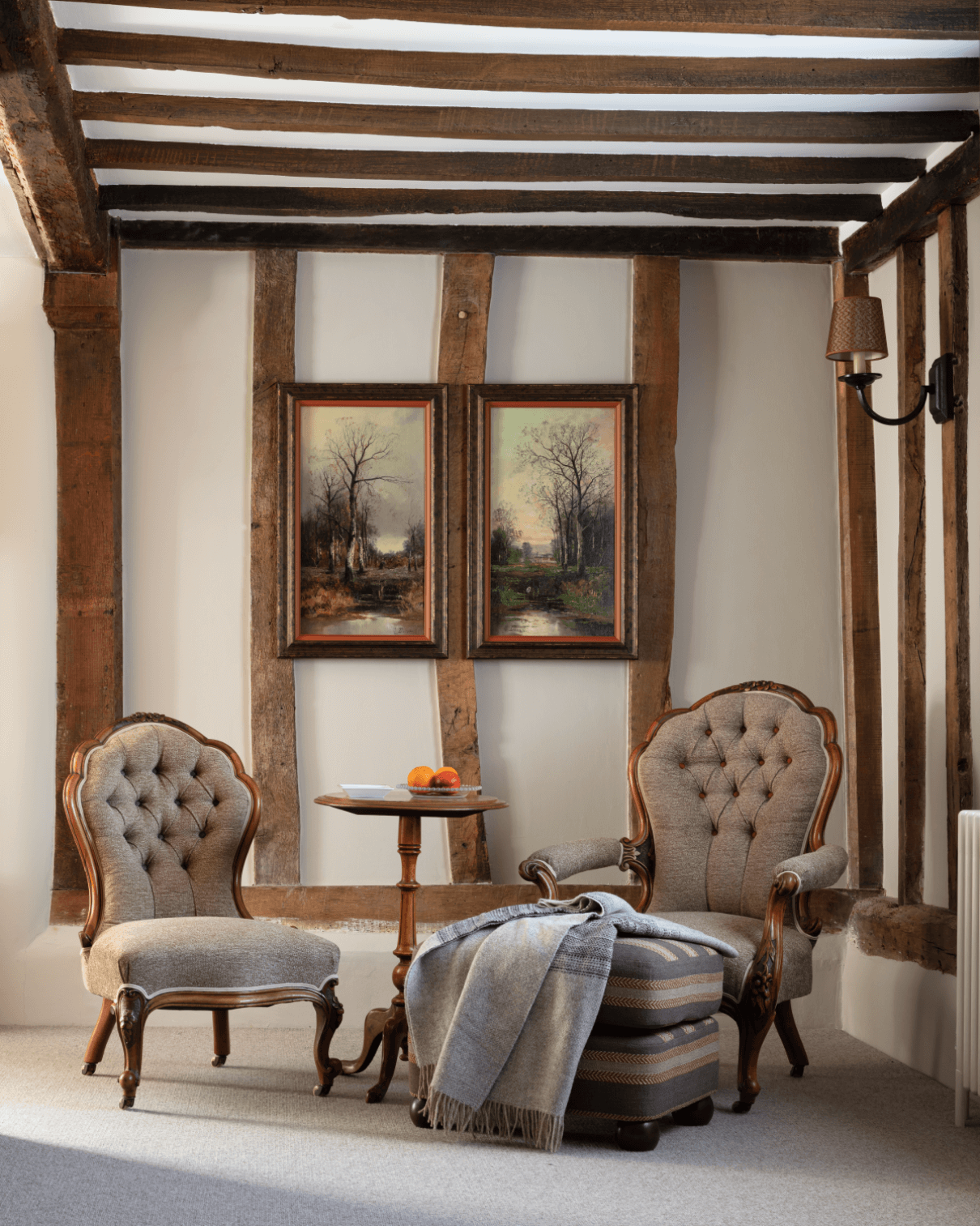

Have you ever wondered why we care so much about how our homes look and feel? It’s not just a modern trend – it’s been part of human nature since the days of our hunter-gatherer ancestors. Our homes are our places of refuge and sanctuary and reflect our tastes, which are as unique as we are.
But let’s be honest, sometimes we’re not sure if we’re getting it right. Does our style make sense? Will it last? Is our style even stylish? These questions can be intimidating, but that’s where interior designers come in. Our job is to guide and support you in exploring and expressing your personal style, without stepping on your creative toes.
As experts, we pay close attention to layout, flow, space planning, colour, decor, and much more, to ensure a space not only looks great but feels right. The magic of good design is that it’s subtle – it shouldn’t shout for attention.
Curious about how to style your home like a professional? We’ve put together a list of key considerations to help you craft your stylish home interior.
Take a history lesson


Establish when your house was built as this will help you narrow down style ideas and having context of the era your home was constructed allows you to focus on that period and develop ideas around colour, furnishings, objects, etc. Creating physical or digital ‘mood boards’ on sites such as Pinterest can be a helpful way of gathering inspirational ideas into one place. The more you discover, the more you’ll see a pattern of your tastes emerging and create a strong foundation for design decisions.
How will the space be used
Will it be for lounging, dining, working, artistic pursuits or pampering? A place to unwind or evoke calm concentration, such as a bedroom or study can afford a deep, enveloping colour scheme, subdued home lighting, and a certain element of tasteful clutter. In the home office of our North Finchley residential project, we opted for a delicate salmon on the walls, complimented by the deep terracotta chair for a soothing and relaxed ambience, perfect for focussed work or quiet contemplation.
By contrast, a working space or a studio requires good light (preferably natural), softer and lighter colours and a minimum of distracting knick-knacks. Bathrooms can often be a blend of the two; with colour and interest being introduced in a statement tile or dramatically marked stone and the use of layered lighting to fluctuate between bright task lighting and restful mood lighting.
Material matter
In the art of interior design, the interplay between different materials and textures is key. It is about creating a balance that delights the senses. Incorporate soft textiles to ease the starkness of masculine lines and hard surfaces. A cashmere throw on a leather couch or a delicate woollen rug beneath a metal coffee table can dramatically elevate the comfort and aesthetic appeal of a space. It’s this thoughtful blend of soft and hard, cosy and sleek, that crafts an environment both visually captivating and inviting.
Clever contrasts
The key is to create interesting contrasts that are sympathetic to their historic surroundings. In the open-plan kitchen-diner of our Belsize Park project, we wanted to emphasise the extraordinary high ceilings, elaborate original features, so we applied bold matt black on the walls, carrying the colour from floor to cornicing. This approach draws the eyeline upward and emphasises the vast proportions of the space. With the contemporary, modular-style kitchen set against this backdrop, the contrast between modern and traditional elements was perfectly achieved.
Think about flow
Flow – simply means the visual link between spaces and how that works as a whole. So, if you’re thinking of a certain theme or period styling, make sure you continue that theme throughout the entire house. A Georgian themed living room followed by a pastel-coloured kitchen in 1950s modernist stylings just looks odd, and certainly won’t flow. If you’re theming around colours, stick to a limited palate and vary the depths of each shade as you work through the house, also paying attention to furnishings in those same shades.
Interior design is a blend of many things, and it takes time to establish a style you’re comfortable and confident with. Contact our expert team to discuss your home renovation project such as interior designer Chelsea.
